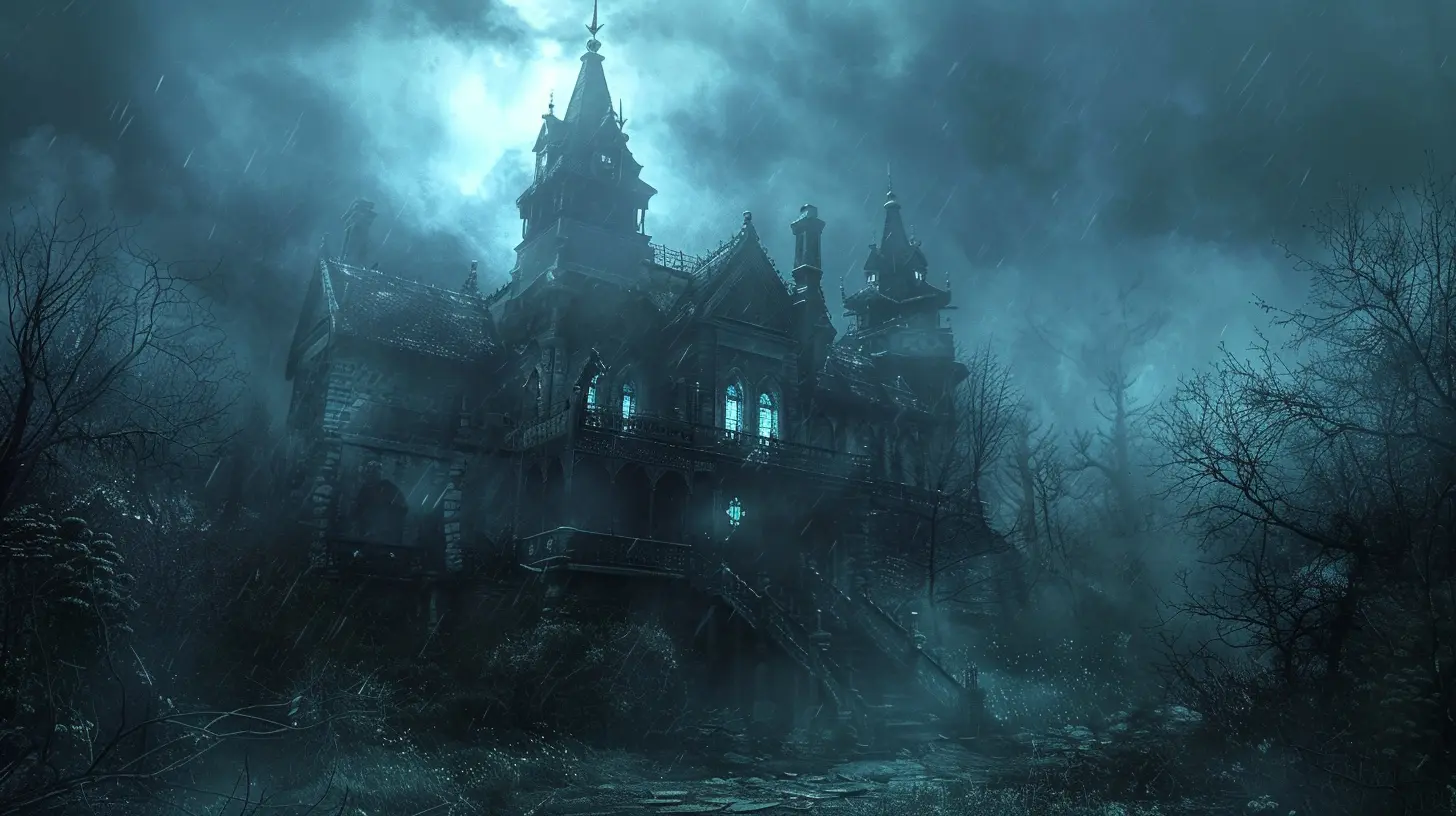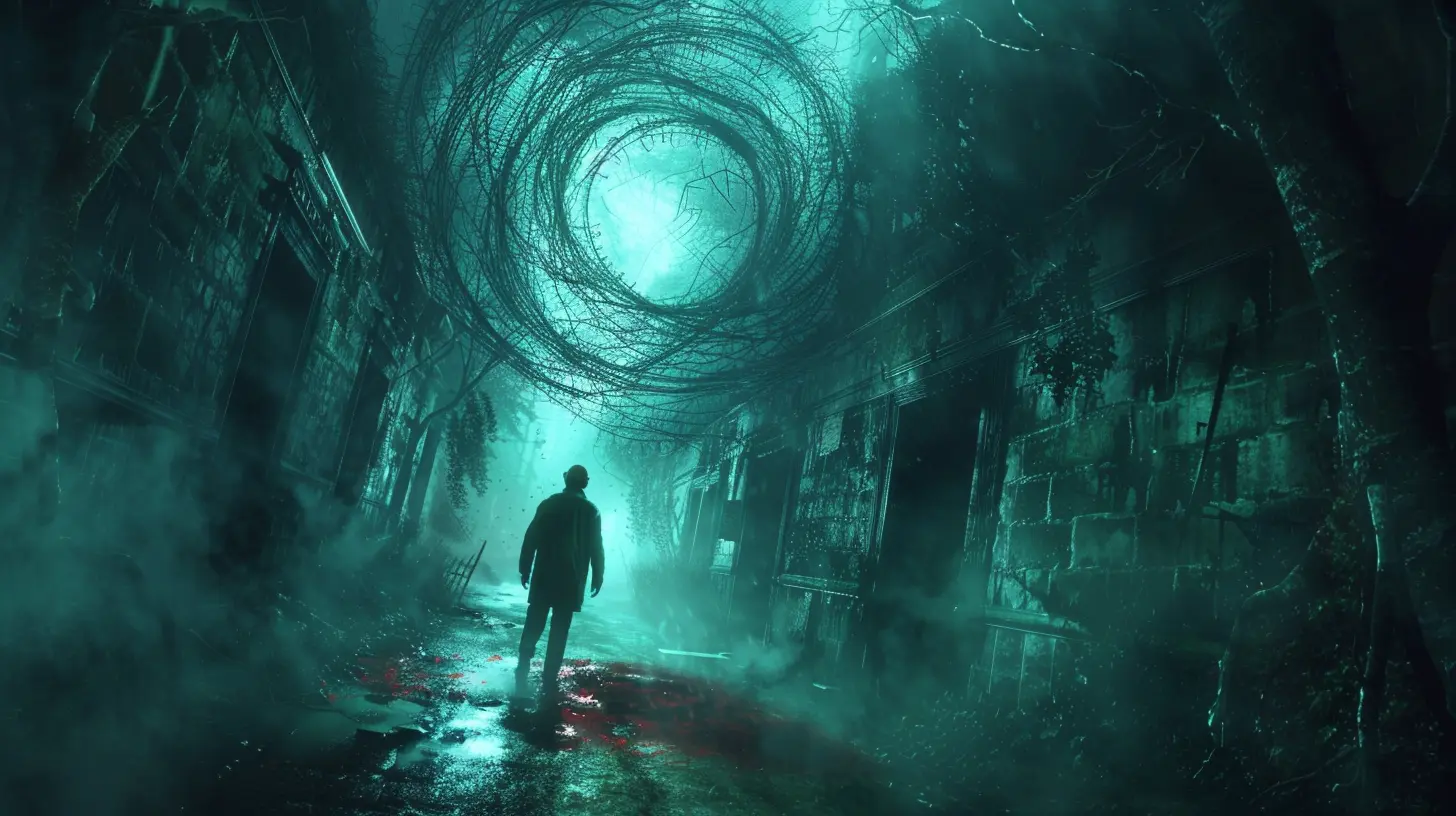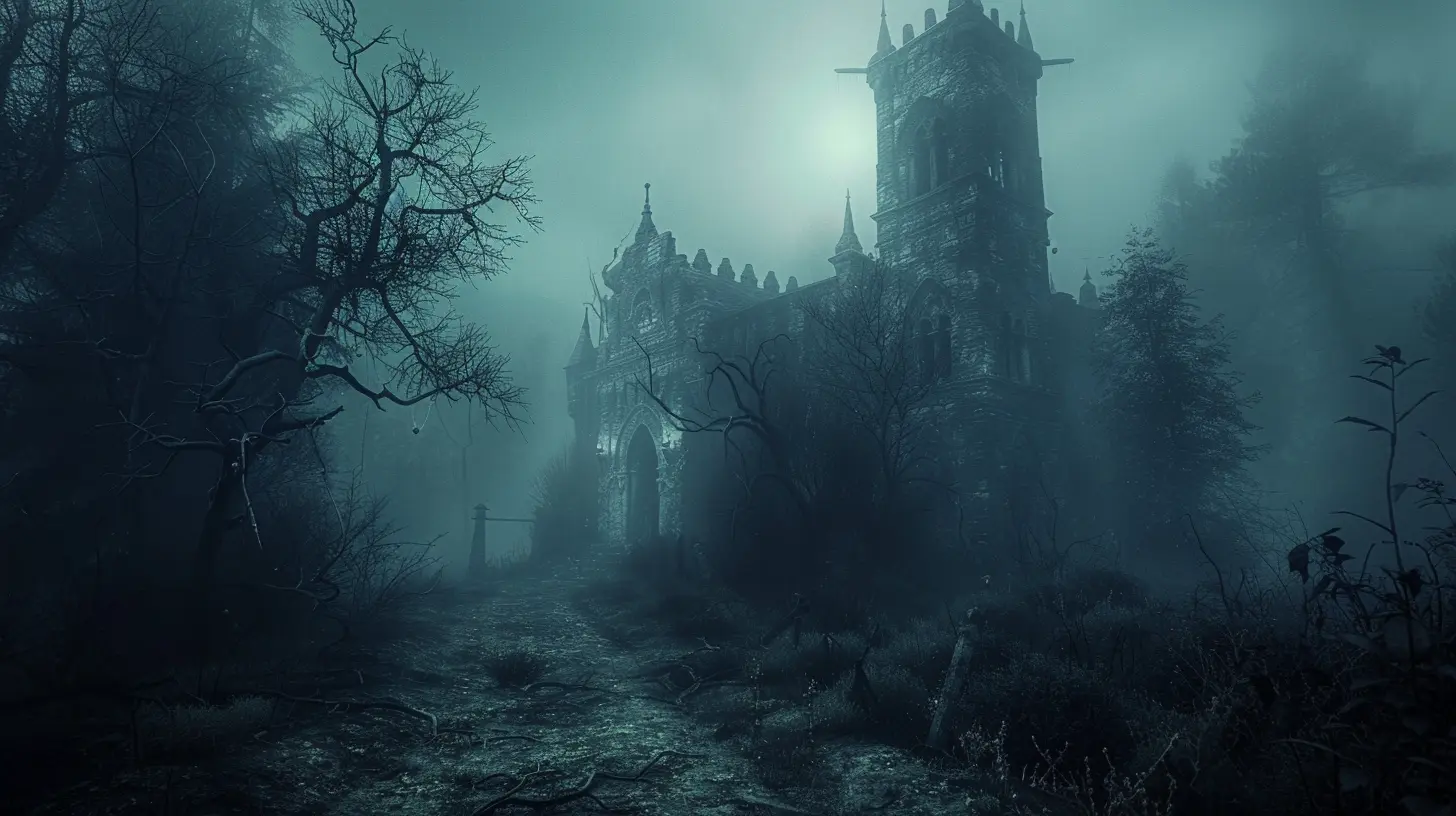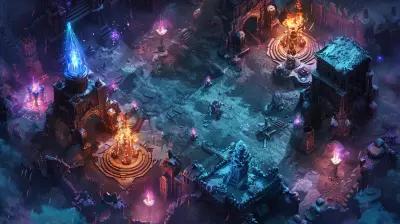Exploring the Role of Memory in Horror Games: What You Remember
3 September 2025
Picture this: you’re creeping down a dimly lit hallway in a horror game. The air feels heavy, your pulse quickens, and every small creak sends chills racing down your spine. You know something horrifying is coming, but you can’t pinpoint where or when. This isn’t just the game relying on jump scares or eerie sound effects—it’s using your memory against you. Clever, isn’t it?
Horror games have a knack for getting under our skin, and a big part of their success lies in how they manipulate our memories. But why does memory play such a crucial role in making horror games so spine-tinglingly effective? And how do developers use this psychological trick to keep us hooked? Let’s dive into the murky depths of memory and fear and figure it all out together.
The Psychology of Memory and Fear
Before we geek out on how memory works in horror games, let’s take a step back and talk about why fear and memory are intertwined in the first place. Think about it: fear isn’t just a reaction. It’s also a survival mechanism hardwired into our brains. When something scares you, your brain takes mental notes, filing away the experience like a shady librarian cataloging every terrible book you’ve ever read. Why? So you (hopefully) avoid that same terrifying situation in the future.But here’s where it gets interesting in video games: you’re not actually in any real danger. Horror games create artificial fear, planting seeds in your memory to make you think you are. Whether it’s the gut-wrenching sound of heavy breathing from a monster you can’t see or the flickering light in a room you’d honestly rather not enter, the game is constantly playing mind games with you.
How Horror Games Exploit Your Memory
Horror game developers are some of the sneakiest (and smartest) people in the gaming world because they’ve mastered the art of making you remember. They don’t want you to forget that monster lurking in the dark or that unsettling noise from the other room. They want every tiny detail to stick in your mind, priming you for bigger scares later. Here’s how they do it:1. Environmental Triggers
Ever wandered through a room in a horror game and felt like something wasn’t quite right? Maybe the furniture is slightly off-center, or a painting seems to follow you with its eyes. That’s deliberate. Developers use environmental details as breadcrumbs, planting subtle visual or audio cues to make you stay on edge.For example, in games like P.T., the repetitive environments aren’t just there to confuse you—they’re designed to reinforce a sense of unease. The more you loop through the same hallway, the more your brain starts to pick out tiny differences. By the time something genuinely terrifying happens, it feels 10 times worse because your mind was already hyper-focused.
2. Foreshadowing to Mess With Your Mind
Horror games love foreshadowing. Maybe you find a blood-spattered note warning you about the “thing” lurking in the basement, or you hear a faint growl in the distance. That’s not just fluff—it’s intentional memory manipulation. When you finally come face-to-face with whatever they teased, your brain hits the panic button because it remembers the warning signs.Think about Resident Evil. The game constantly leaves little clues—footprints, discarded weapons, blood trails. Each one plants a seed of fear that blossoms when you encounter the abomination behind all the clues. The best part? Sometimes you scare yourself before anything even happens, just because you remember what the game foreshadowed.
The Role of Repetition and Patterns
Our brains love to look for patterns, but in horror games, that’s a double-edged sword. Developers know that if you see the same thing happen twice, your brain starts to expect it the third time. Here’s the kicker: horror games love to twist those expectations.1. Breaking Predictable Patterns
Take the classic “open the door, get scared” routine. The first door leads to a jump scare. The second door? Another jump scare. By the third door, you’re bracing yourself, but nothing happens. That fake-out is enough to make your nerves fray. But then, when you let your guard down, bam! The game gets you with an unexpected scare.Silent Hill games are geniuses at this. They’ll set you up with a creepy but predictable rhythm of encounters, only to yank the rug out from under you later. It’s like playing a horrifying version of Simon Says where the rules constantly change. Your memory of previous patterns almost works against you.
2. Revisiting Familiar Places
Revisiting old locations is another way horror games toy with your memory. A room you’ve already cleared can suddenly become a deathtrap, and you’re left wondering, “Wait, wasn’t it safe here before?” This manipulation of space and memory is used beautifully in titles like Dead Space. You think you’ve outsmarted the game, but instead, the game outsmarts you.
Emotional Memory and Immersion
What makes horror games so powerful is the emotional memory they create. When you’re scared, your brain cranks up its emotional processing, which makes you more likely to remember what happened. It’s like your brain hits “record” during every terrifying moment.1. Character Connections
Many horror games add emotional stakes by introducing characters you care about (or at least think you care about). When something awful happens to them, it leaves a lasting impression. Games like The Last of Us thrive on this. While it’s not purely a horror game, its emotional weight makes every horrifying moment hit harder.2. Music and Sound Design
Never underestimate the power of a creepy soundtrack or an eerie noise. Sound design in horror games is often chef’s kiss perfection because it sticks in your memory like gum on the bottom of a shoe. The distorted lullaby in Layers of Fear or the oppressive silence in Amnesia: The Dark Descent? Yeah, you’re not forgetting that anytime soon.How Memory Keeps You Coming Back
So here’s the thing: horror games don’t just scare you in the moment—they scare you later, too. You might find yourself lying awake at night, replaying that one horrifying scene in your head. Or maybe you’re too freaked out to check the bathroom mirror because it reminds you of a scene from Outlast. (Don’t lie, we’ve all been there.)This lingering effect is what makes horror games so addictive. Your memory of the fear keeps you hooked, curious to see what else the game has in store. It’s like eating spicy food. It burns, it’s uncomfortable, but you can’t stop because there’s something oddly satisfying about it.
Why This Matters for Game Design
From a game design perspective, using memory as a tool is pure genius. It adds depth, keeps players engaged, and creates experiences that stick with them long after the game is over. It’s not just about creating a scary moment—it’s about creating a scary experience. The kind that burrows into your mind and refuses to leave.Conclusion: The Lasting Impact of Memory in Horror Games
At the end of the day, horror games are more than just blood, gore, and cheap scares. The best ones dive deep into the human psyche, using memory as a weapon to keep us guessing, panicking, and (if we’re honest) loving every second of it. They make us remember—not just the monsters, but the feelings. The dread, the anticipation, and that sweet, sweet relief when the credits finally roll.So next time you’re about to boot up a horror game, take a second to appreciate how much thought and creativity went into making you feel utterly terrified. And don’t be surprised if you catch yourself triple-checking your surroundings after you’ve turned the game off. That’s just your memory playing tricks on you.
all images in this post were generated using AI tools
Category:
Horror GamesAuthor:

Luke Baker
Discussion
rate this article
1 comments
Ivan Wallace
Great insights, love this!
September 7, 2025 at 3:38 AM

Luke Baker
Thank you! I'm glad you enjoyed it!


